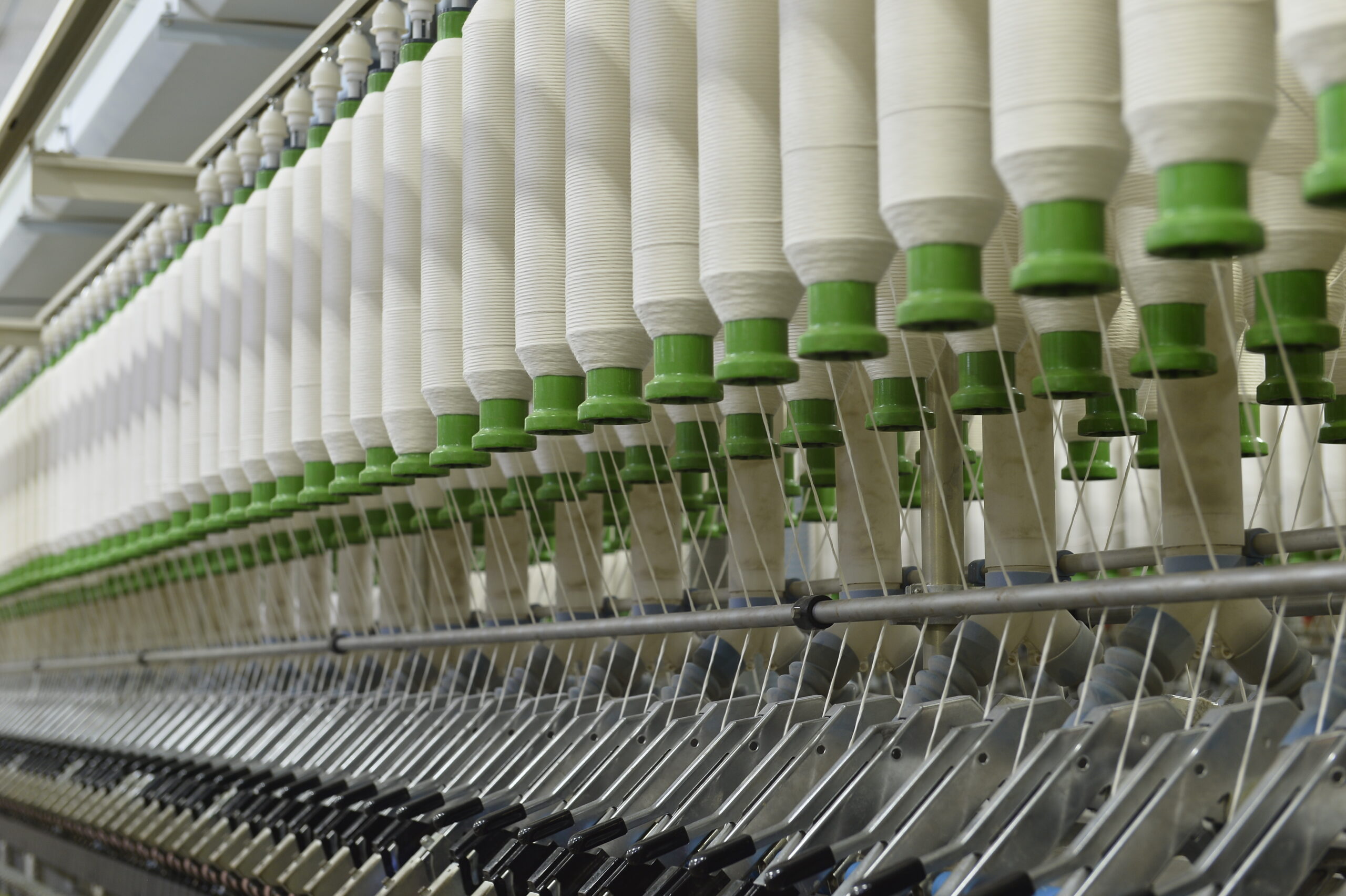RECENT PRICE MOVEMENT
Most cotton benchmarks decreased over the past month.
- The December NY/ICE contract slipped through support levels near 66 cents/lb and reached new life of contract lows below 65 cents. In more recent trading, there was a slight recovery that brought values back over 65 cents.
- The A Index eased slightly over the past month, from 78 to 76 cents/lb.
- The Chinese Cotton Index (CC Index 3128B) decreased from 98 to 94 cents/lb in international terms. In domestic terms, values fell from 15,250 to 14,750 RMB/ton. The RMB was steady around 7.12 RMB/USD.
- Indian spot prices (Shankar-6 quality) held near 78 cents/lb or 55,000 INR/candy. The INR traded around 88 INR/USD.
- Pakistani spot prices were steady near 68 cents/lb or 15,600 PKR/maund over the past month. The PKR held near 281 PKR/USD.
SUPPLY, DEMAND, & TRADE
The U.S. government entered a shutdown on October 1st. One consequence is that many economic reporting functions have been delayed. This includes the global supply, demand, and trade estimates that are a feature of this publication.
In the absence of October updates, it is possible to generally address conditions in the cotton market. Harvesting has gotten underway in several major northern hemisphere countries.
In China, there has been rain recently on open bolls and there has been some concerns about potential effects on quality. However, weather has been generally cooperative this year, and both Chinese agencies and the USDA have adjusted production forecasts higher throughout the season.
In India, the monsoon has been heavier than usual and has generated some concern over quality and yield. The Cotton Corporation of India (CCI) is preparing for another round of purchases. A rise in India’s the minimum support price (MSP) coupled with weak market prices suggest that CCI will be a significant buyer of domestic cotton this crop year.
The Pakistani crop has also suffered from excessive rainfall, with flooding taking out some production and precipitation affecting quality more broadly.
In the U.S., harvesting is underway. There has been some rainfall, but generally dry conditions have supported picking.
PRICE OUTLOOK
With the pause in reporting from the U.S., it is more of a challenge to understand the influences that finally pushed NY/ICE futures below the range that had held them for 2025 calendar year.
In the latest data available before the shutdown, U.S. export commitment was reported to be down about 15% crop-year-to-date through September 19th. Purchases across market were mixed, with higher sales to certain locations (including Vietnam, Bangladesh, an Indonesia) and down to others (China, Pakistan, Turkey, and Mexico). Although there was some buying early this crop year, since China increased tariffs on U.S. cotton in March, net U.S. sales to China have been slightly negative (-3,000 bales/week, with slightly more cancelations than new sales).
The downstream environment remains clouded by policy uncertainty. Early next month, the U.S. Supreme Court will begin hearing arguments about the legality of many of the tariff increases that were implemented in 2025. At the center of the debate is the legal justification that has been commonly applied. Congress was granted authority to manage foreign trade in the U.S. Constitution. However, Congress has passed legislation delegating that power to the president over time.
The International Emergency Economic Powers Act (IEEPA) is a piece of legislation that was passed by Congress in 1977 that is an example of the sharing of the power to manage trade between the legislative and executive branches of government. IEEPA was cited in many of the Executive Orders involving tariffs this year. However, several courts have found that IEEPA does not grant the president the broad ablity to change tariff rates.
While proceedings are set to begin in November, it is expected that it will take several months until the Supreme Court could issue a ruling. If IEEPA is not found to be a valid justification for tariffs, refunds are a possibility that has been raised. It is also possible for the administration to pursue tariff justifications other than IEEPA. Until a ruling is made, U.S. retailers and brands continue to face the choice of how to allocate orders to manage costs.
The Organization for Economic Cooperation and Development (OECD) recently issued an updated set of projections for global growth. In September, the OECD estimate for global GDP growth was increased +0.3 points to 3.2% for 2025 (previous forecast for 2025 was 2.9%, growth was 3.3% in 2024). In 2026, the full impact of changes in trade policies is expected to be more fully registered, and world GDP growth is anticipated to slow to 2.9%. U.S. economic growth is forecast to slow (from 2.8% in 2024, to 1.8% in 2025, and 1.5% in 2026), Euro Area growth is forecast to remain sluggish (0.8% in 2024, 1.2% in 2025, and 1.0% in 2026), and China’s growth is forecast to decelerate (5.0% in 2024, 4.9% in 2025, and 4.4% in 2026).
If these projections are realized, slowing economic growth in major consumer markets could prove a headwind for downstream demand later in the crop year. An offsetting factor could be apparel inventory stabilization after a period of drawdown over the past couple years (notably the U.S.). How these influences balance in an environment of policy uncertainty can be expected to shape the demand situation through the remainder of the crop year.
Disclaimer: The information contained herein is derived from public and private subscriber news sources believed to be reliable; however, Cotton Incorporated cannot guarantee its accuracy or completeness. No responsibility is assumed for the use of this information and no express or implied warranties or guarantees are made. The information contained herein should not be relied upon for the purpose of making investment decisions. This communication is not intended to forecast or predict future prices or events.
